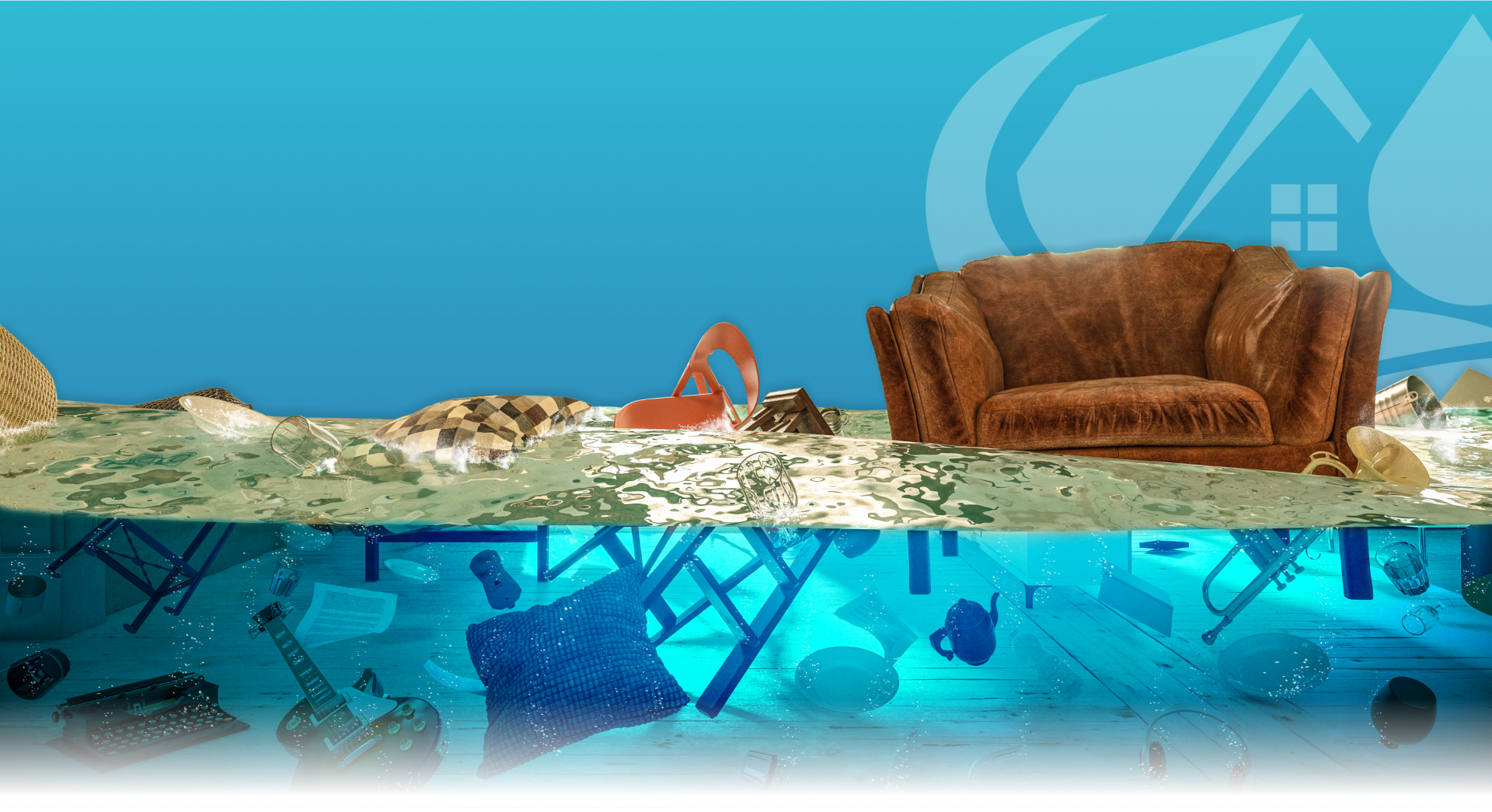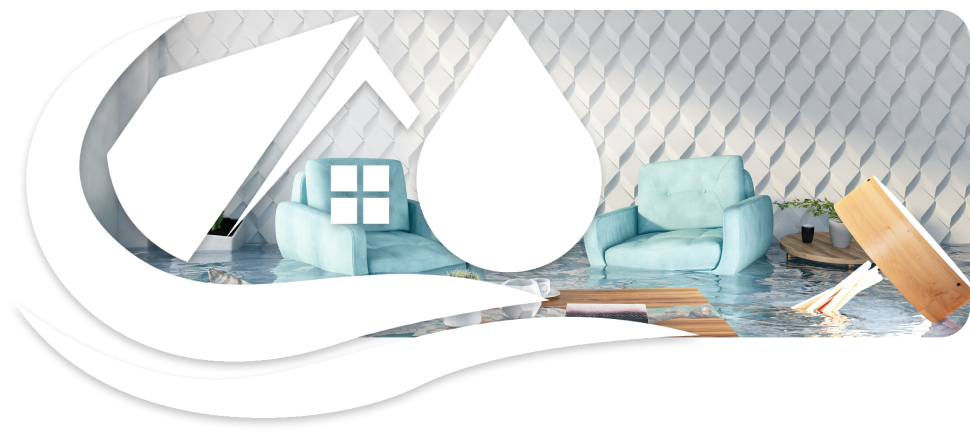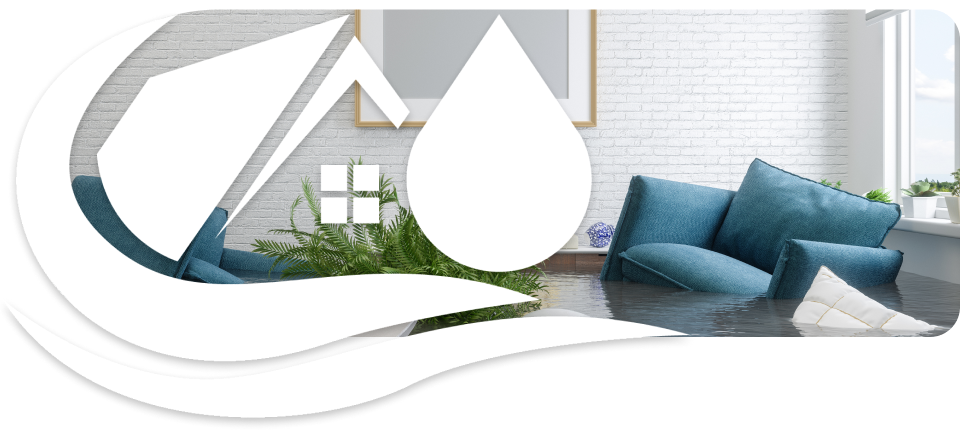Find a Practical Solution to the Proper Sewage Clean Up
We've all been there: the washbasin won't drain because of a blockage in the drain, and soon enough, the house is flooded with sewage. It's a health risk, it's expensive to clean up, and it can be a headache to get rid of.
Here are preventative measures you may do to lessen the likelihood of a sewage clean up emergency at home. Keep reading to learn more.
Invest In High-Quality Drain Cleaning Tools
To avoid backups caused by obstructions in the sanitary sewage line and drains, regular cleaning is required. Chemical drain cleaners are one option, but there are other non-chemical ones, like baking soda and vinegar, that can be used. While useful, chemical treatments may cause unwanted byproducts and even pipe damage if used repeatedly.
Overflowing Sewers
Natural cleaners may be less hazardous and better for the environment, but whether or not they actually work depends on the condition of your home's plumbing and drains. The optimum product for your needs can be determined with the help of a plumber or by doing some preliminary research online.
Watch Out for Tree Roots
If tree roots are allowed to invade your home's sewer system, you may experience expensive backups. Regular inspections for indicators of damage from tree roots are necessary to ensure the continued health of your sewer line and the proper functioning of your sewer system.
There are a few warning signs to keep an eye out for surrounding home sewer pipes: leakage, exposed tree roots, and shifting soil. You shouldn't plant willows, poplars, or cottonwoods trees known for their aggressive root systems near your plumbing pipes.
Maintain Clean Toilet Traps On a Regular Basis
Maintaining your sewer system includes cleaning the traps in your toilets to reduce the likelihood of a backlog. To prevent costly repairs to plumbing and sewer lines caused by sewer backups, homeowners should regularly clean toilet traps.Traps for toilets are installed so that sewer gases and other potentially harmful substances remain in the sewer and out of the residence. Sediment accumulation should be flushed away and rust or corrosion should be repaired in toilet traps.Dirt and hair can accumulate in commodes over time, causing obstructions and overflows in the sewage system.
Prevent Fat and Oil from Congealing in Drain Pipes
The accumulation of grease in drain pipes is a common plumbing emergency that can disrupt your routine and lead to costly repairs. Grease has a nasty habit of adhering to the inside of drains and pipes, where it can build up and eventually block the flow of wastewater.Over time, this grease buildup can cause sewer line obstructions, which in turn can lead to sewage backups.
Keep Your Drains in Working Order
Avoiding a sewage backup tragedy in your house requires regular drain system maintenance. Regular drain cleaning can keep pipes free of obstructions that could cause backups. To prevent debris from entering the main drainage system or sewers, homeowners should install P-traps, a type of plumbing fitting, beneath each washbasin and bathtub. This is also a crucial part of storm flood restoration process.
Conclusion
Homeowners can take several preventative measures to lessen the likelihood of a sewage backup occurring in their homes. The most crucial action you can do is to schedule routine inspection and maintenance for your septic tank. At least every three years, you should have a professional do this.





Comments
Post a Comment